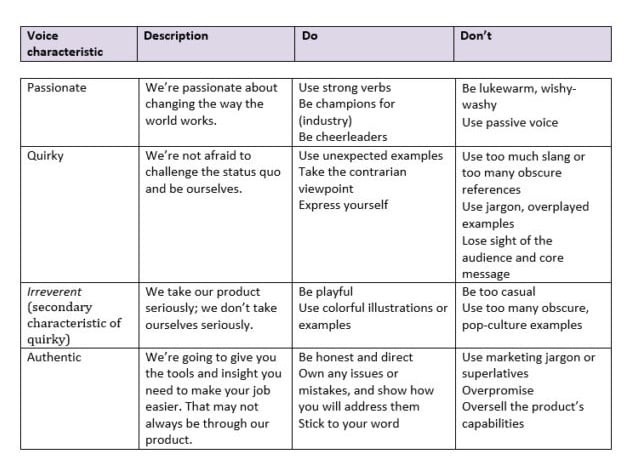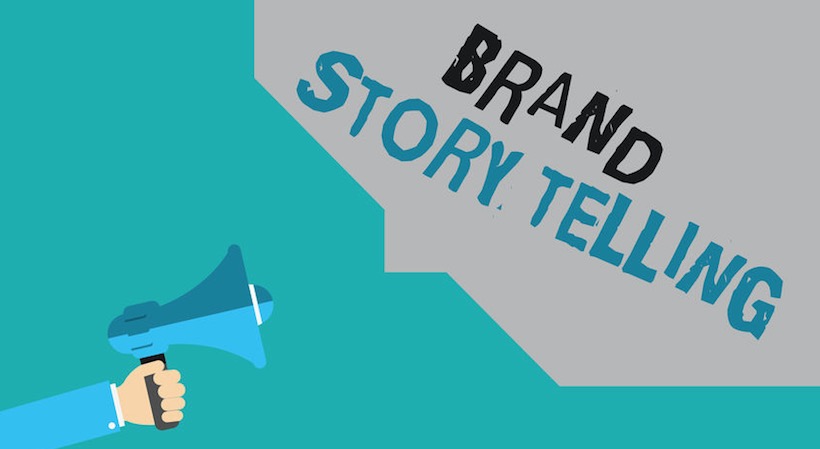The market today is saturated with brands. So, how do you create a one that stands out from the crowd? Building a solid foundation and crafting a compelling story for your brand will not only help you make an authentic, genuine connection at every stage of the buyer’s journey, but it will also gain trust and loyalty among your audience.
Here are some tips to help you build a strong brand and tell your startup’s story.
Do your research
Surveys can be a useful tool when it comes to conducting market research as a way to formulate more effective brand strategies. If you already have an audience or customer base, this is an excellent way for you to gain valuable feedback about how they perceive your brand.
You can also observe your audience on social media to get a feel for what their interests are and how they prefer to interact with your brand (I.e. on which platforms). Learning more about your target audience can be extremely helpful because your brand voice and personality should have a similar feel.
Develop a visual identity
Developing your brand’s identity allows you to create something unique and marketable. Brand guidelines (or style guides) are often overlooked by startups, but they are an essential component of a brand’s identity. A clear set of brand guidelines allows you to maintain order and uniformity. To ensure your brand standards are being maintained, make sure the messaging, voice and tone across all communications remain consistent. A brand without guidelines looks scattered and unsure of itself, and as a new business, you must find your voice.
Related: 6 Ways to Use Word-of-Mouth Marketing to Promote Your Brand
Establish a brand voice and personality
According to the Content Marketing Institute, establishing a voice isn’t just about the creation of your brand’s tone, it’s about being consistent with the voice you create.
Step 1: Try describing your company in three words. The Content Marketing Institute suggests creating a brand chart including three rows for each of the primary characteristics you identify for your business (I.e. clean, simple and confident), accompanied by three columns identifying your brand’s voice characteristic: a description, dos and don’ts. This will ensure your voice remains consistent; however, the tone may change according to the context of your messaging.

Step 2: Review your company’s mission statement. Your core values should be outlined in your mission statement, just as your brand personality should reflect those values. The mission statement should only be one to two sentences in length. The simpler, the better.
Craft your story
If you want your story to be relatable to your audience, you must start by being authentic. Try answering the following questions to get started:
- Why should your target audience do business with you?
- What value is your product or service providing?
- What differentiates you from your competitors?
- What problem are you solving?
Being able to answer these questions will help define your messaging and position yourself as an authoritative source in your area of expertise.
Sign Up: Receive the StartupNation newsletter!
Make a connection
Be transparent and show empathy. If you tell your story in a way that makes it easy for your audience to relate to you, they are more inclined to engage and show interest in your product or service.
Motista, the pioneer of Predictive Emotional Connection Intelligence, conducted a two-year study discovering the impact of emotional connection on the buying behavior of more than 100,000 U.S.-based consumers across more than 100 brands. The report revealed that customers who feel an emotional connection to a brand are far more valuable, in some cases spending twice as much, than customers who rate themselves as satisfied with the brand.
Additionally, these emotionally connected customers have a 306 percent higher lifetime value (LTV), stay with a brand for an average of 5.1 years (versus 3.4 years), and will recommend brands at a much higher rate (71 percent versus 45 percent).
When it comes to building a brand and telling your story, all of the little things do matter. These tips will help you develop a better sense of your brand’s purpose, its long-term goals, and overall message to ultimately set your business up for success.






